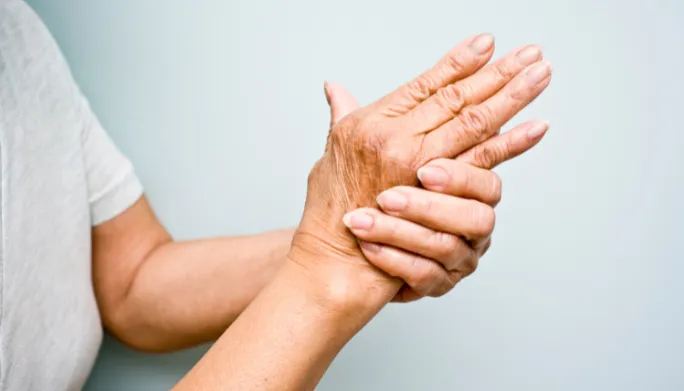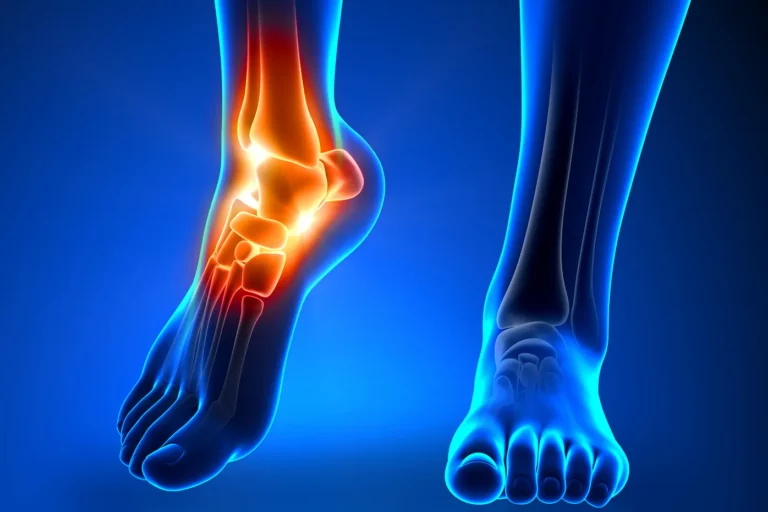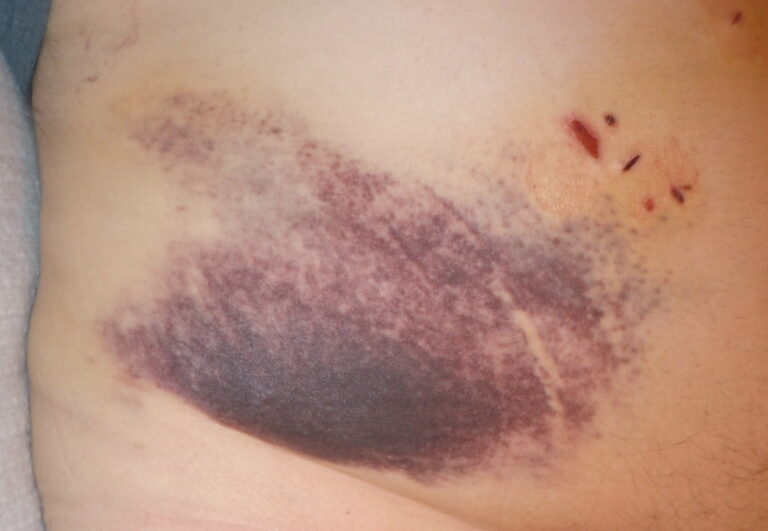Recognizing the Signs and Symptoms of Deep Vein Thrombosis

Vein health is a key aspect of overall wellness, yet it’s often overlooked until complications arise. One notable condition that demands attention is deep vein thrombosis (DVT). This is a potentially serious issue where a blood clot forms in a deep vein, typically in the legs. Recognizing the early signs and symptoms of DVT can help prevent serious complications, like a pulmonary embolism. Here’s more on the signs, symptoms, and treatments for DVT:
Signs of Deep Vein Thrombosis
Deep vein thrombosis (DVT) occurs when a blood clot forms in the deep veins, usually in the lower legs or thighs. These clots restrict proper blood flow and can lead to severe complications if not addressed promptly. While anyone may develop DVT, certain factors increase the likelihood, such as prolonged immobility, surgery, advanced age, and underlying health conditions like cancer or obesity. The signs of DVT can sometimes be subtle, but should never be ignored.
Key indicators include swelling in one leg, pain or tenderness in the affected area, typically starting in the calf, and red or discolored skin around the clot site. It is common to have a feeling of warmth in the swollen or painful region. While these signs may not always point directly to DVT, taking note of them is fundamental to identifying the condition early. Without timely treatment, DVT may lead to complications like pulmonary embolism, where the clot travels to the lungs, potentially causing chest pain, difficulty breathing, or even death.
Symptoms of DVT
DVT occurs due to a combination of factors that disrupt normal blood flow or increase the risk of clotting. By understanding these triggers, you can take steps to minimize your own risk. Key contributors include:
- Prolonged Inactivity: Long flights or hospital stays may lead to stagnant blood flow in the legs.
- Medical Conditions: Clotting disorders, cancer, or infections can heighten the risk.
- Surgical Procedures: Surgeries, particularly those involving the pelvis or lower limbs, may result in blood clots post-operatively.
- Lifestyle Factors: Smoking, obesity, or dehydration may make clots more likely.
Being aware of these symptoms and seeking advice early can make all the difference in preventing complications. These symptoms can include:
- Aching or Cramping Pain
- Skin Warmth or Tightness
- Visible Veins
- Unexpected Shortness of Breath
Treatments for DVT
Treating and managing deep vein thrombosis depends on early detection and the severity of the clot. Depending on individual circumstances, medical professionals may recommend a combination of treatment methods. Anticoagulant medications, or blood-thinning medications, like heparin or warfarin, are widely used to prevent clot growth and formation of new clots. These medications do not dissolve existing clots but allow the body to break them down naturally over time.
A simple method to improve vein health and blood circulation is to wear compression socks. Compression stockings can alleviate swelling and discomfort while preventing further clots by improving blood flow in the affected veins. For severe cases, thrombolytic therapy drugs may be administered to dissolve the clot directly. This approach is typically reserved for life-threatening situations due to associated risks.
Rarely, clot removal procedures or the insertion of an inferior vena cava (IVC) filter may be necessary to prevent a clot from reaching the lungs. Surgical interventions are needed for advanced issues from DVT. With timely diagnosis and intervention, DVT is highly manageable. Adhering to prescribed treatments also reduces the risk of recurrence and supports long-term vein health.
Learn More About Deep Vein Thrombosis Treatments
Deep vein thrombosis is a condition that requires prompt recognition and action. By recognizing the signs, understanding the symptoms, and exploring treatment options, you can protect your health and minimize the risk of complications. For personalized advice and expert guidance on managing DVT, reach out to a qualified medical professional.
- What to Expect When Visiting a Foot and Ankle Specialist
- Causes of PTSD
- The Link Between Plantar Fasciitis and Weight Gain: What You Need to Know
- How Pet Ownership Can Positively Impact Life with Fibromyalgia
- The Importance of Stretching and Flexibility in Sports Medicine
Dr. Emma Green is a health and wellness expert with over 10 years of experience in nutrition and fitness. Passionate about helping others live their healthiest lives, Dr. Green shares practical advice on wellness, nutrition, and sustainable living through LivingSpristine.






